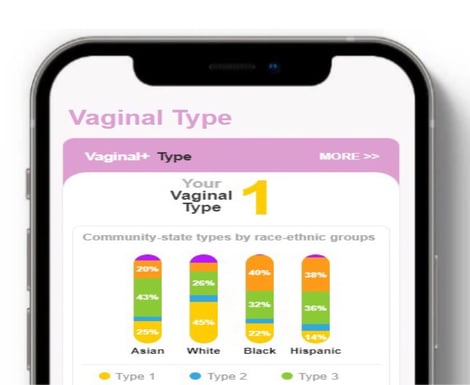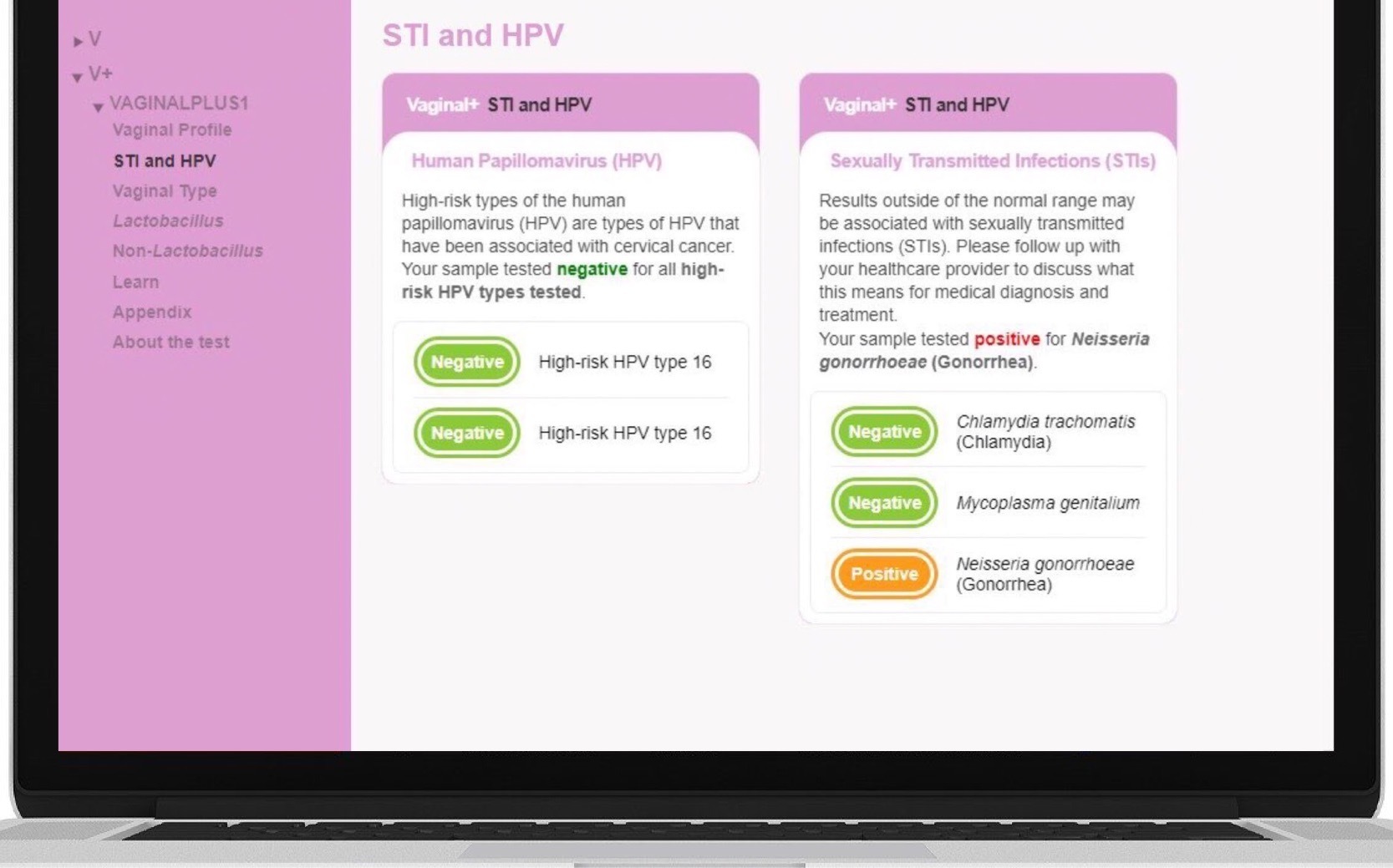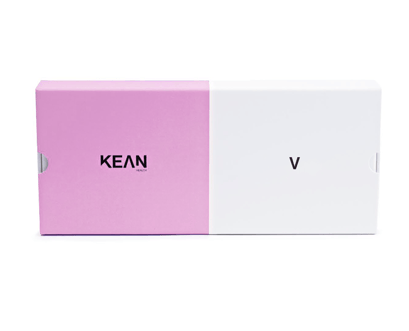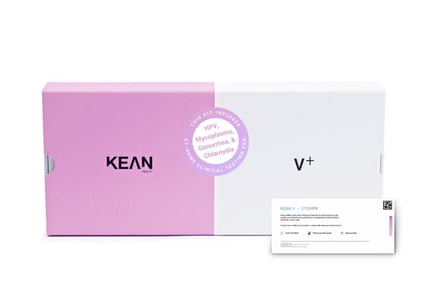
Call it what you want, just don’t ignore it.
![]()
Our test is a useful tool, that can help you to:
-
V V+ Your vaginal type
✔ ✔ Your bacterial balance
✔ ✔ How vaginal type impacts health
✔ ✔ Risk factors associated with vaginal disease
✔ ✔ Gonorrhea testing
✔ Chlamydia testing
✔ Mycoplasma genitalium testing
✔ Human papillomavirus (HPV) testing
✔
V & V+ 
The V and V+ Profile is a summary of your vaginal microbiome health!
Depending on which test you take, V or V+, you will receive different levels of insight
regarding:
-
-
-
-
- • Your bacterial balance
- • How vaginal type impacts health
- • Risk factors associated with vaginal disease
- • Gonorrhea testing
- • Chlamydia testing
- • Mycoplasma genitalium testing
- • Human papillomavirus (HPV) testing
- • Your bacterial balance
-
-
-

Know you microbiome. Help your health
Lactobacillus & Non-Lactobacillus bacteria
Lactobacillus & Non-Lactobacillus bacteria
Vaginal Type
Vaginal Type
STI and HPV Detection (V+ Only)
STI and HPV Detection (V+ Only)
STI and HPV
- Check for three common sexually transmitted infections — gonorrhea, chlamydia, and mycoplasma genitalium. If results outside of normal are detected, you’ll have the chance to speak with a physician.
-
- Get additional results about your HPV status. We provide information about high-risk types of the human papillomavirus (HPV), which are types of HPV associated with cervical cancer.

LEARN
Do you have questions?
-
What is the microbiome?
The microbiome is the sum of the microbes and their genomic elements in a particular environment. The human microbiome is all microorganisms that live in and on us — that's an estimated 38 trillion cells! Most microbes are in our gut, but they're also on our skin, mouth, and in the vagina.
-
What is the vaginal microbiome?
The vaginal microbiome is the community of microbes and their genetic information that live in the vagina. Most often, bacteria known as lactobacillus dominate this environment. However, research has found that there are different types of vaginal microbiomes. These can be dominated by different types of lactobacillus, combinations of them, or even other types of bacteria.
-
Why is the vaginal microbiome important?
The vaginal microbiome is linked to many health conditions, like bacterial vaginosis, preterm birth, infertility, and susceptibility to sexually transmitted diseases.
Analyzing the vaginal microbiome helps to understand how it is related to a women’s lifestyle, susceptibility to infections, and other major health factors.
-
Can vaginal bacteria cause health problems?
Yes! Most microbes that negatively impact health are considered pathogens, like the ones associated with STIs. This includes conditions like gonorrhea, mycoplasma genitalia, or syphilis.
Other microbes, although not considered true pathogens, can disrupt the vaginal microbiome. This alters the balance of the vaginal environment, leading to health issues like bacterial vaginosis.
-
Can the vaginal microbiome change?
The vaginal microbiome can change over time. There are several stages during a woman's life where the microbiome's composition shifts. These include puberty, pregnancy, and menopause.
Besides age, there are several factors that can change the microbiome's composition. These include menstruation, exercise, antibiotic medications, diet, sexual activity, and more.
-
What information will a vaginal microbiome sample provide?
Kean microbiome tests take two types of samples: for Gut tests, we require a stool sample. This allows us to explore the diversity and composition of your gut microbiome. It is useful to learn about your digestive system and identify nutritional and lifestyle traits.
Kean V tests require a vaginal swab. This gives us information about the microbiome of the vagina. This helps us learn about the balance of the vaginal microorganisms, the microbiome's composition, and any imbalances that can lead to unwanted or unpleasant outcomes.
-
What will my sample be tested for?
We test the entire microbial composition of the sample, looking for all detectable bacteria. These include common inhabitants of the vaginal microbiome, like lactobacillus and disruptive bacteria like Gardnerella vaginalis.







